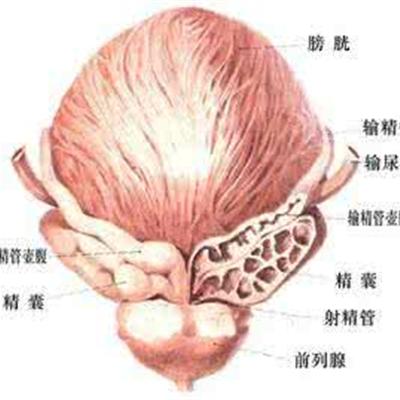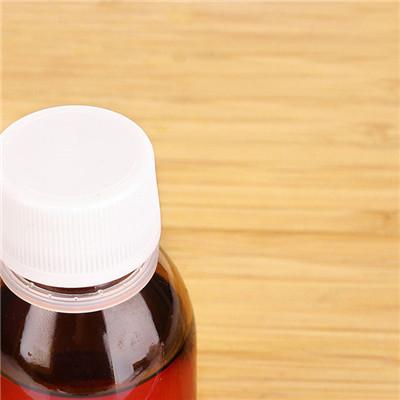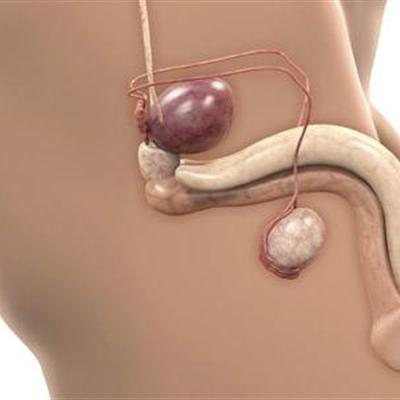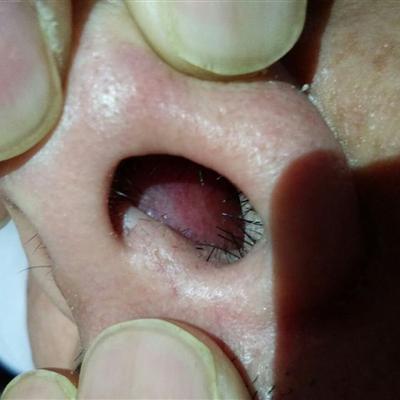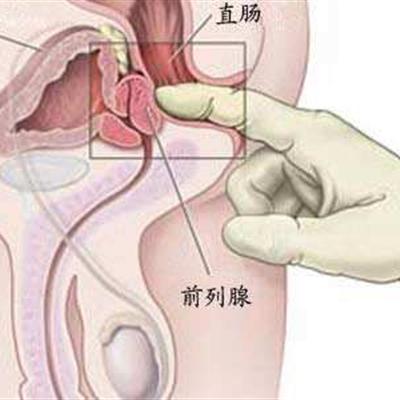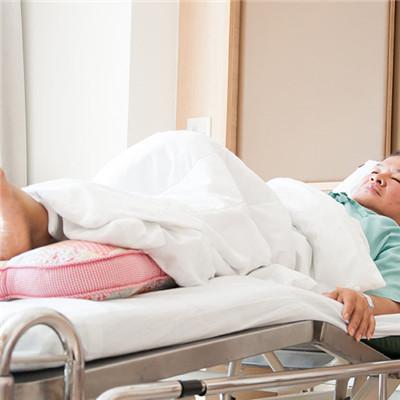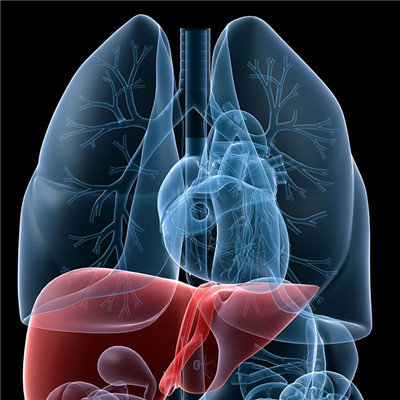Oral symptoms of AIDS?
summary
HIV infected people have no symptoms for a long time before they develop into AIDS. Most of the patients themselves, their families and the society do not know their illness, but they can spread HIV. How to detect and diagnose HIV infected people early is an important way to prevent the spread of the disease. According to the international research and clinical experience, in 1-4 years before the onset of AIDS, patients can have a variety of typical oral lesions, oral manifestations of AIDS is considered to be the key symptom of early diagnosis of AIDS. So, what are the main oral manifestations of AIDS? Here are just a few of the most common oral representations.
Oral symptoms of AIDS?
1、 Candida albicans: Candida albicans is the most common oral manifestation of AIDS. In high-risk groups, such as sexual promiscuity, drug abuse, and history of intravenous blood transfusion, oral candidiasis is the precursor of AIDS; If you have oral candidiasis in healthy young people without any inducement or * * (refer to those who have no history of radiotherapy, chemotherapy, long-term use of hormones, antibiotics and other immunocompromised diseases), especially erythematous candidiasis in the cheek or pseudomembranous candidiasis in the pharynx and soft palate, you should be highly vigilant for oral manifestations of AIDS.

2、 Tongue hairy leukoplakia: hairy leukoplakia has been widely recognized as a special oral damage of AIDS patients, which is highly suggestive of the occurrence of AIDS. Other diseases rarely cause hairy leukoplakia.

3、 AIDS related periodontal disease: AIDS patients and AIDS patients can appear a series of periodontal tissue diseases, common are: 1, gingival linear erythema: often manifested as gingival margin showed obvious fire red linear congestion, clear boundaries, spontaneous gingival bleeding or bleeding after brushing. Oral local treatment was ineffective. 2. Acute necrotizing gingivitis, periodontitis, necrotizing stomatitis, gingival ulcer, necrosis, alveolar bone destruction, with obvious pain in a short time (within 4 weeks).

matters needing attention
In the United States, AIDS patients are at least 20000 times more likely to have Kaposi's sarcoma than the general population. Kaposi's sarcoma is second only to candidiasis and hairy leukoplakia in oral manifestations of HIV infected and AIDS patients“ Some epidemiological data show that all HIV positive or AIDS patients, from infants to adults, can have oral damage. The incidence rate is highest among men who are homosexual, heterosexual, intravenous drug users and so on.
